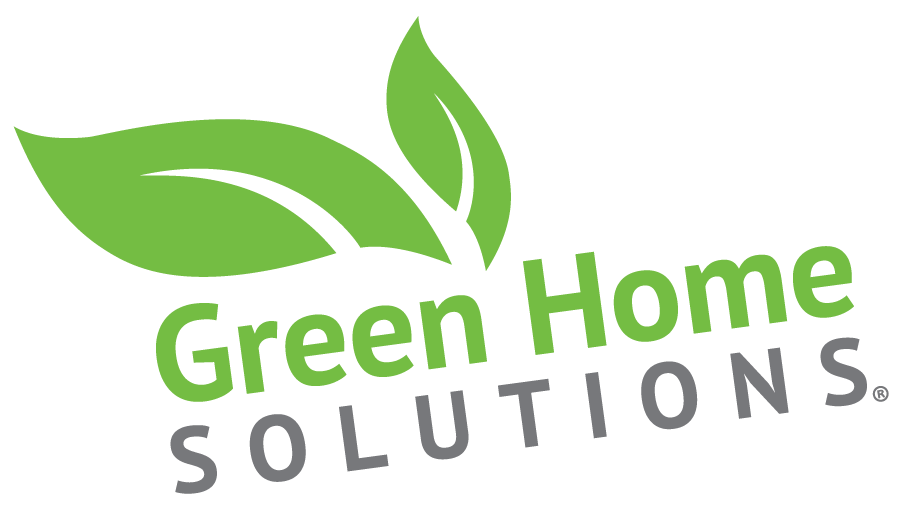Mold is a prevalent issue in many households, and if not properly managed, it can lead to serious health concerns. However, several misconceptions about mold can result in improper responses or unwarranted alarm. Let’s clarify some of the most common mold myths and present the facts.
1. Misconception: Bleach Eliminates Mold Effectively
Reality: While bleach can clean visible mold on non-porous surfaces, it doesn’t penetrate porous materials where mold often resides. Consequently, mold can continue to thrive beneath the surface, causing recurring problems. Professional mold remediation experts use specialized techniques and products to address mold at its source.
2. Misconception: Minor Mold Growth Is Not a Concern
Reality: Even small amounts of mold can be hazardous, particularly for individuals with allergies, asthma, or weakened immune systems. Mold spores can disseminate throughout your home, affecting indoor air quality and leading to respiratory issues. Any visible mold should be promptly addressed to prevent further spread.
3. Misconception: Mold Is Always Visible or Smellable
Reality: Mold isn’t always detectable through sight or smell. It can grow behind walls, beneath floors, or in other concealed areas, often following a leak or due to high humidity. Regular inspections, especially in moisture-prone areas, are essential for identifying hidden mold problems.
4. Misconception: Mold Only Appears in Humid Climates
Reality: Although mold thrives in damp environments, it can grow in any climate if moisture is present. Issues like leaks, condensation, and inadequate ventilation can create conditions conducive to mold growth, even in otherwise dry areas.
5. Misconception: Mold Only Affects Those with Allergies
Reality: Mold can be harmful to everyone, not just those with allergies. Prolonged exposure can lead to respiratory problems, skin irritation, and other health issues in people of all ages and health conditions. Addressing mold issues is crucial for safeguarding the health of everyone in the home.
Understanding the facts about mold is essential for managing it effectively. Don’t let these misconceptions lead you to underestimate the potential dangers of mold in your home.
For more details on mold and its management, check out the Environmental Protection Agency’s (EPA) Mold Guide.

